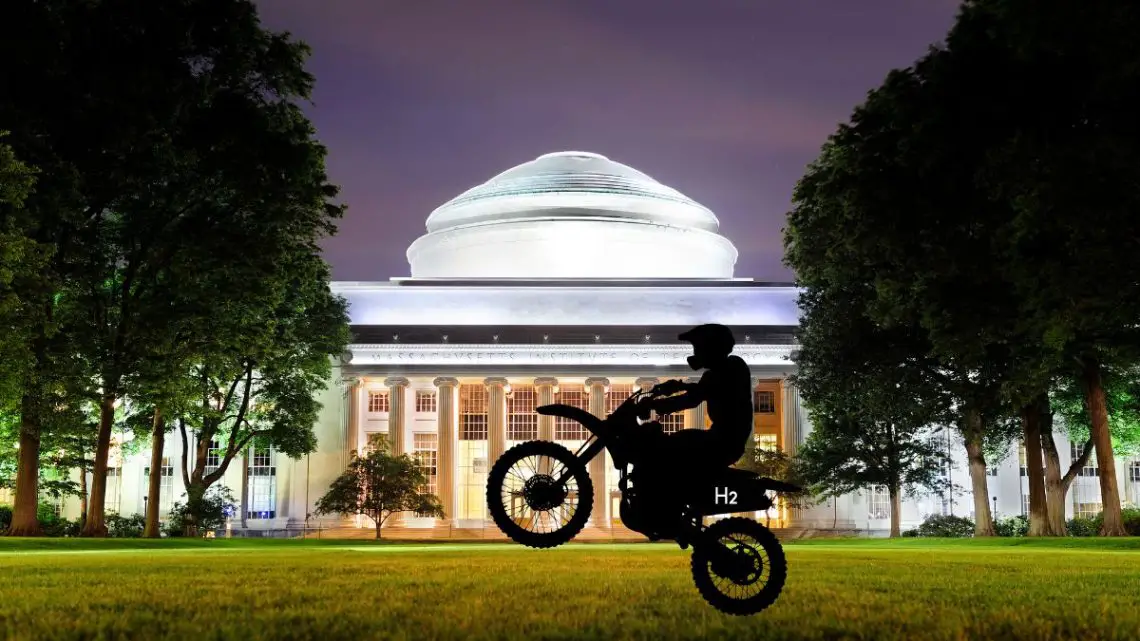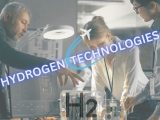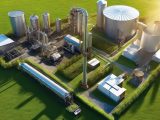
MIT team creates open-source hydrogen fuel cell motorcycle
January 19, 2024The Electric Vehicle Team has designed a motorcycle powered by H2 that can be built by riders.
The Electric Vehicle Team at MIT has created a hydrogen fuel cell motorcycle and designed it on a two-way open-source platform.
The vehicle has swappable parts including its engine, making it much easier to maintain and repair.
The hydrogen fuel cell motorcycle is designed to use an engine and body parts that can be easily swapped out, so it will be simpler to repair, maintain and even experiment on than a comparable vehicle built with its own unique parts.
The MIT team will be publishing its plan online so that riders will be able to build their own versions of the motorcycle. The vehicle built by the team has already undergone its own full test-track demonstration, which took place in October 2023.
There were about a dozen MIT students on the team that made the hydrogen fuel cell motorcycle.
According to the team, the H2 motorcycle wasn’t designed with competitions or races in mind but was instead created as a machine to be presented at a number of different conferences and other similar events.

For the love of speed: Building a hydrogen-powered motorcycle – MIT’s Electric Vehicle Team – Image Source – MIT YouTube
The team first started its work on the vehicle in January 2023 and unveiled it for the first time in October 2023 at the Hydrogen Americas Summit. More recently, the team placed it in the spotlight at CES 2024. In May, the H2 motorcycle will travel to the Netherlands where it will be shown off at the World Hydrogen Summit.
Cutting edge technology in a 1999 frame
 Many of the components used by the team when creating their hydrogen fuel cell motorcycle were donated by industry sponsors. This included the fuel cell itself. The first few tests the vehicle underwent were on a dynamometer (a device like a treadmill for small vehicles) instead of a real road.
Many of the components used by the team when creating their hydrogen fuel cell motorcycle were donated by industry sponsors. This included the fuel cell itself. The first few tests the vehicle underwent were on a dynamometer (a device like a treadmill for small vehicles) instead of a real road.
While the team waited for their fuel cell to arrive from Doosan in South Korea, the team used an electric battery to provide the necessary power. They used the frame from a 1999 motorcycle and while some custom parts were used, they focused on including as many swappable components as possible. The construction and testing took place in Building N51 at MIT.
Ready to test your knowledge on the most abundant element in the universe? Take our fun and engaging Hydrogen Quiz now!



 HFN News is your leading source for fresh hydrogen and renewable energy updates. Amid the fast-paced growth of hydrogen companies, we provide top-notch news and insights about this exciting sector. Our coverage spans from hydrogen cars to global sustainable initiatives, and we highlight the latest in green jobs and developing hydrogen hubs. We invite you to share your local hydrogen news and explore today’s renewable energy job listings on our site. Thanks for choosing HFN News as your trusted guide to the hydrogen and renewable energy world!
HFN News is your leading source for fresh hydrogen and renewable energy updates. Amid the fast-paced growth of hydrogen companies, we provide top-notch news and insights about this exciting sector. Our coverage spans from hydrogen cars to global sustainable initiatives, and we highlight the latest in green jobs and developing hydrogen hubs. We invite you to share your local hydrogen news and explore today’s renewable energy job listings on our site. Thanks for choosing HFN News as your trusted guide to the hydrogen and renewable energy world!

Thumbs up!
Every new thing starts somewhere and it should help that they include the ‘do it yourselfers’.